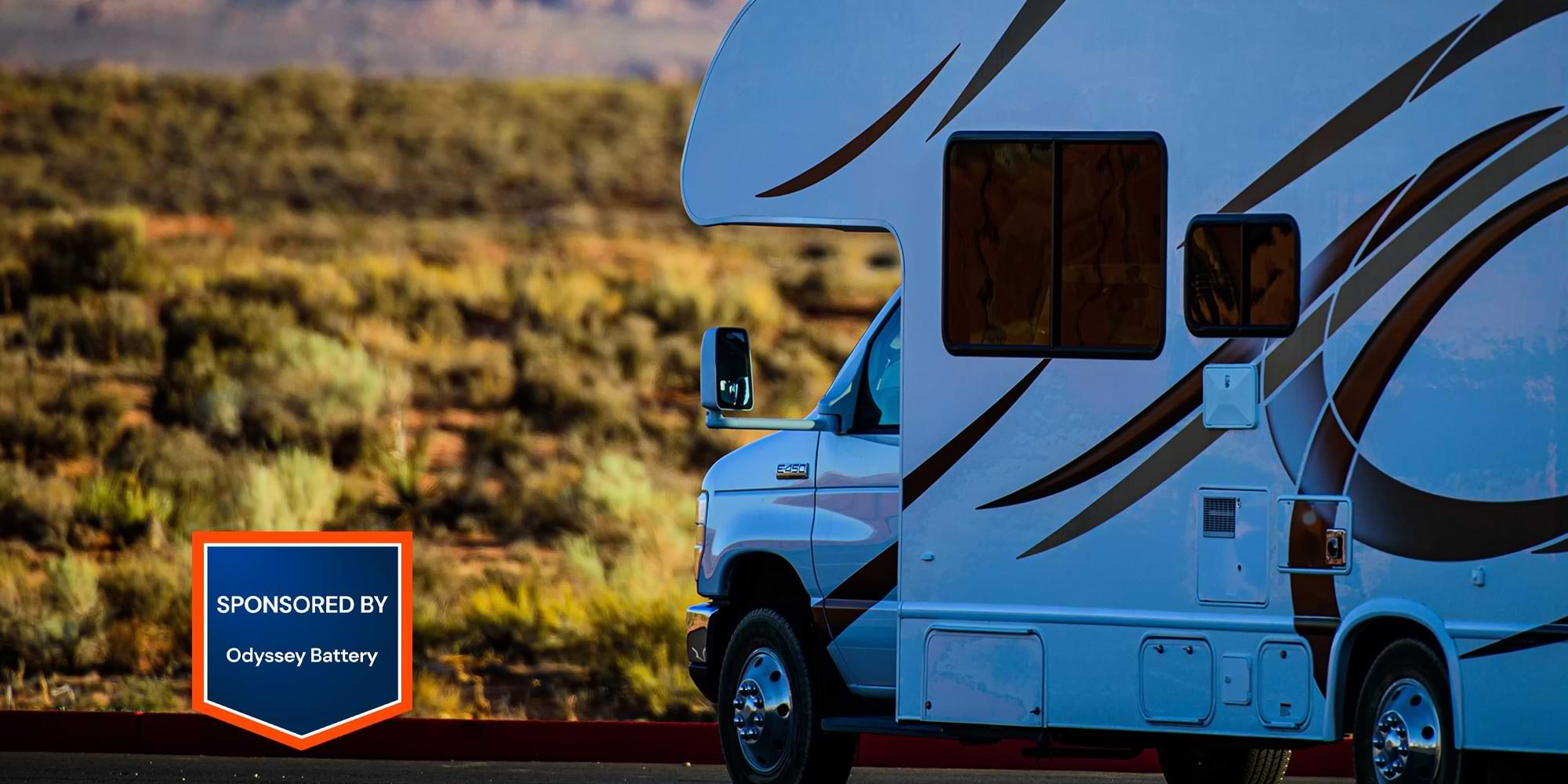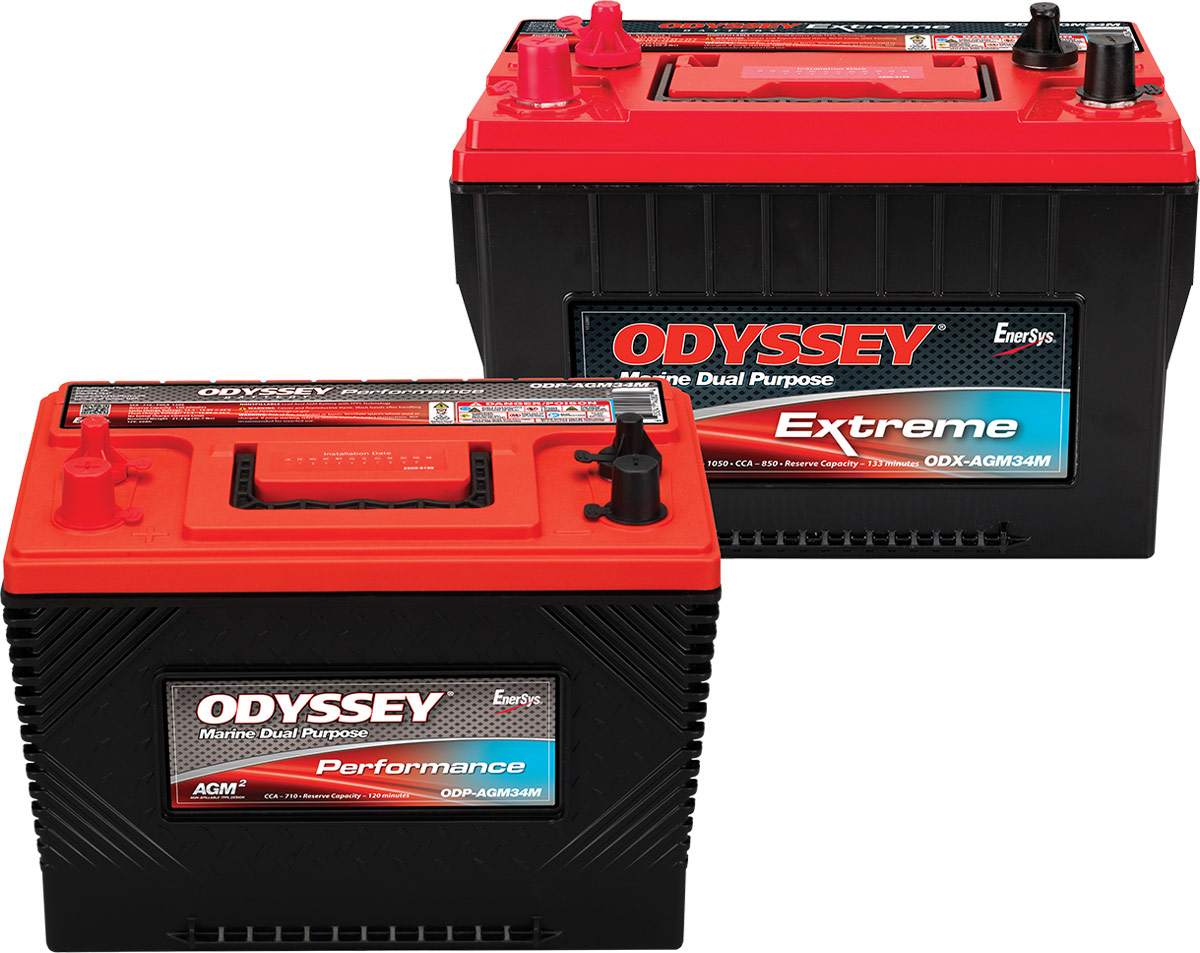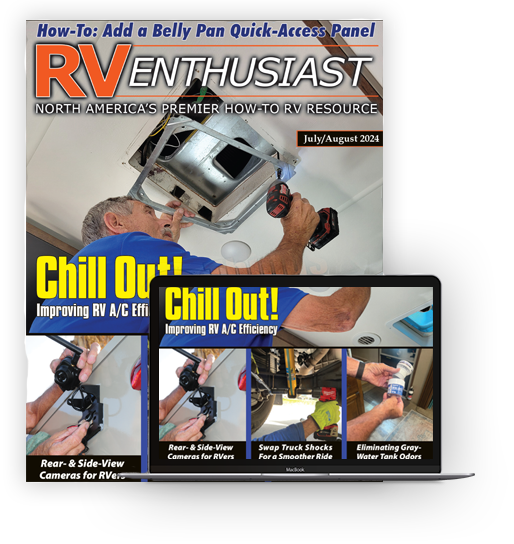Tips for Seasonal Recommissioning of RV Batteries

Preparing an RV for spring includes cleaning and polishing, checking locks, repairing splits and cracks, checking for water and mold and inspecting onboard appliances, electronics and plumbing — but don’t stop there. The cables and plugs in the engine of a motorhome or tow vehicle should also be inspected for wear and damage and be replaced if needed.
Chief among the components that require attention is the battery (or batteries). Some RVs use a deep-cycle battery for house loads, such as climate control, appliances and electronic devices, along with a starting battery to turn over the engine, while others use dual-purpose batteries that perform both functions simultaneously.
Regardless of whether the RV is powered with separate deep-cycle and starting batteries or one dual-purpose battery, recommissioning requires that they be inspected, cleaned, tested and recharged or replaced.

Conventional batteries are the flooded lead acid type, also known as wet-cell batteries. In use for more than a century, flooded lead acid batteries contain positive and negative plates made of an alloy of either lead and antimony or lead and calcium. The plates are secured with separators and immersed in an electrolyte of sulfuric acid diluted with distilled water. The electrolyte requires periodic maintenance by replenishing the distilled water.
About 50 years ago, Absorbed Glass Mat (AGM) lead acid batteries were introduced. In AGM batteries, fiberglass mats that absorb the electrolyte are tightly compressed between the plates, which makes the battery shock- and vibration-resistant. Being sealed, AGM batteries require no watering, making them virtually maintenance-free and not prone to spillage and leakage.
But while most dual-purpose batteries are AGM batteries, not all AGM batteries are created equal. EnerSys® offers an advancement in AGM design with ODYSSEY® Dual Purpose RV batteries. Featuring proprietary Thin Plate Pure Lead (TPPL) technology, these batteries provide greater energy density than comparatively sized conventional lead acid batteries. TPPL technology features pure lead plates that are thinner than those in conventional batteries, so more fit in the same footprint for greater surface area. This enables more electro-chemical reactions with the electrolyte — and, therefore, more power. Due to the deep cycling capabilities of TPPL technology, premium ODYSSEY® Dual Purpose RV batteries can recover from deep discharges that occur when powering onboard devices.
To recommission RV batteries for spring, follow these steps. As always, be sure to follow the manufacturer’s guidelines for battery care and handling and direct any questions to your battery professional.
Inspection
- Examine the battery’s exterior for signs of damage or extraordinary wear, the cables for fraying and corrosion, and the connections for corrosion and unsecured mounting. Corrosion can appear as a thin white powder or a blue-green growth on the terminals.
- Replace damaged cables and clamps, but if the case or terminals are damaged, typically with cracks or leaks, replace the battery itself.
Cleaning
- Dirt, acid, corrosion and other contaminants that accumulate on the case or terminals can cause small current leaks. When cleaning, disconnect the battery — and remember to wear protective gear.
- Clean away deposits on the terminals with a battery terminal brush or emery cloth and neutralize acid accumulation with diluted ammonia or a paste of three parts baking soda and one part water. Clean away grime from the terminals and case with water. Rinse and dry the battery before reconnecting it.
- Once the battery is reconnected, insulate the terminals with anti-corrosion spray, grease or petroleum jelly to minimize deposits from reoccurring.
Testing
Testing will determine the battery’s State of Charge (SOC). A digital voltmeter measures a battery’s Open Circuit Voltage (OCV). For an accurate reading of the battery’s OCV, the engine should be off for at least six hours to ensure that the surface charge is gone. The battery manufacturer’s specifications will indicate what OCV corresponds to 100% SOC, as well as what charge is needed. When OCV readings are lower than specifications require, the battery may be defective. If so, consult a mechanic or battery specialist.
Charging
When charging a battery, the current must be high enough for a full charge, but if it is too high, it can overheat the battery and damage it. Be sure to follow the manufacturer’s guidelines for proper charging.
Replacement
The battery may not recharge if it was stored at only a partial charge or if it had exceeded its service life. If the battery needs replacement, follow these guidelines:
- Disconnect all cables from the battery and take it to a battery recycling exchange center
- Set the replacement battery in the holder and secure it in place
- Connect the positive cable to the positive terminal and the negative cable to the negative terminal
- Tighten the bolt, screw or nut to its appropriate battery specifications
The ODYSSEY® Dual Purpose RV battery will start the engine and power house loads as well as simplify storage, decommissioning and recommissioning between seasons. It also offers slower self-discharge and faster recharging than conventional lead acid batteries. With the proper care, charging, storage and installation, the ODYSSEY® Dual Purpose RV battery should deliver reliable service through years of use.
To follow the latest ODYSSEY® battery news, visit our website at www.odysseybattery.com or connect with us on Instagram, Twitter, and Facebook by using the hashtag #MYODYSSEY.
Already a Subscriber? Click here for Access to the Full Issues.


